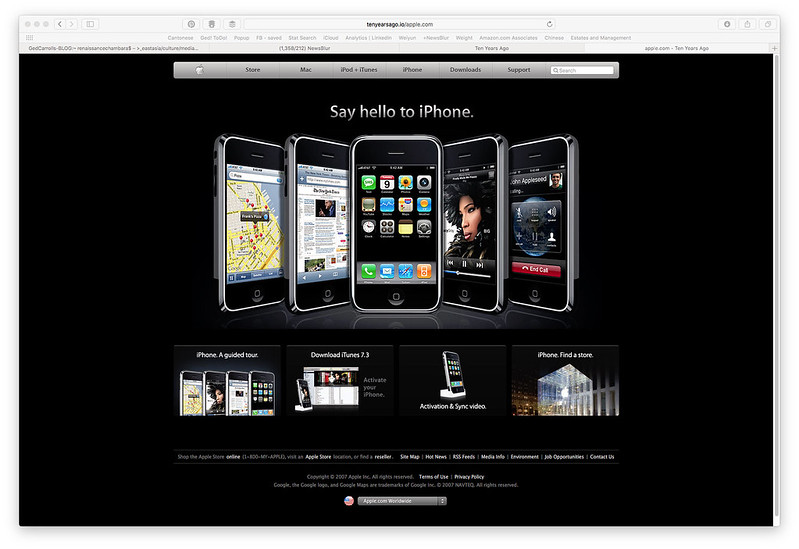About Christina Xu
I’ve been a big fan of work by Christina Xu for a while now and this presentation is a great example of her research. She has worked as an ethnographer for a range of clients including Daimler Benz, VF Corporation (the people who who own Timberland, North Face and Supreme) and Spotify. This presentation on Chinese UX in action is well worth bookmarking to watch it if you don’t have time now. Save it and watch it during your lunch break.
Key takeouts
- Etiquette about the order of proffering versus scanning a QRcode to exchange (WeChat) contact information
- Digitisation of red envelopes drove take up in mobile payments
- Great examples of online to offline (O2O) interaction in processes and services that are continually expanding.
- Driven by ubiquity of mobile phones 95.5 phones per 100 people with a number of people using two phones
- Users across ages and demographics
- Mobile adoption is coming on top of a rapid industrialisation. People are getting used to a whole much of stuff at once. Interesting points about the lack of social norms or boundaries on the usage of online / mobile service in the real world. I’ve seen people live their online life in the cinema there are NO boundaries as Christina says.
- Mobile payments came up the same time as credit card payments
- Population density on the eastern seaboard of China. Density has helped delivery services and high speed public transport
- DidiChuxing allows for tailored surge benefits for drivers rather than search-and-forget version on Uber
- WeChat commerce doesn’t facilitate international shipping
- Westerners build messenger experiences for scale with automation, Chinese look for bespoke customisable ‘squishy’ experiences down to western interpretation of convenience. Chinese convenience is an absence of ‘nuisance experiences’ – real world interactions help prevent friction. Or is it culturally sanctioned ‘nuisance experiences’ that deals with differing experiences
More related content here.
